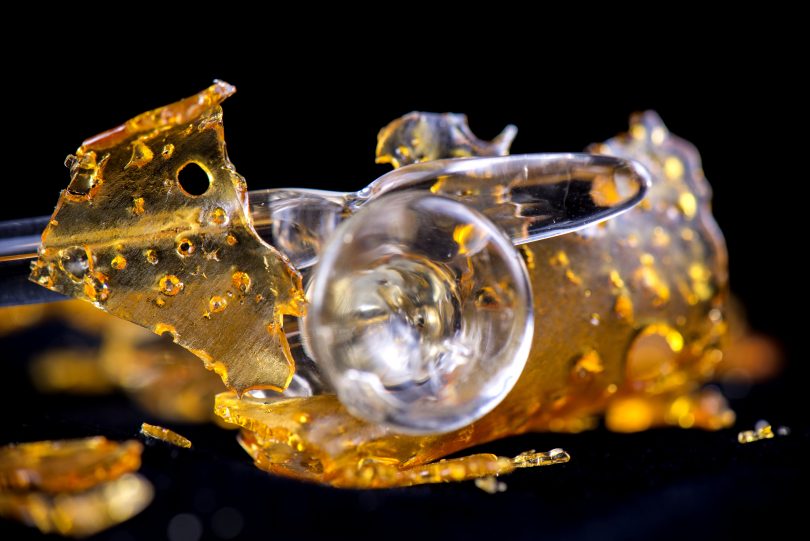Cannabis products are improving in both quality and sophistication every day. Even standardization of active ingredients and medicinal effectiveness is progressing. Our industry is coming out of the shadows and into the limelight and is poised to be an economic driving force in the coming years.
Cannabis product acceptance is rising and the customer base is ever expanding. But there is one tiny detail that we are missing on our products that virtually every food, dietary supplement or medication has tucked away on the bottle cap or the bottom of the package: The best before or expiration date.
Testing procedures and pitfalls of cannabinoid and terpenes have been discussed extensively in this magazine, conferences and other media, and sampling regulations have been established in state regulations. Although, so far, I have seen little about product stability.
If you go into a dispensary in California you will encounter a plethora of products, from different flower offers to tinctures, vape cartridges, and edibles. We all know that a brownie will go moldy, and that old flower will have its THC turn to CBN, reducing the high and increasing the “couch lock.”
If you just spend top dollar on a top shelf flower bud, you have a right to know how long it will stay dank, like a beer bottle has a freshness date. Also, is it a good idea to keep your vape cartridge on the dashboard in the baking sun? And when will your pot brownie not be the start of a great evening but a breeding ground for mold?
The National Sanitation Foundation (NSF) International1 has a handy guideline for stability testing of dietary supplements. A few points are directly applicable to our industry:
- Shelf life can be affected by manufacturing, packaging, storage, and transportation, and one should factor those into any study.
- Shelf life studies should be performed for every unique product and in consumer-facing packaging.
- Define the test parameters and set acceptable criteria/values. Such parameters/properties can be ingredient strength, chemical fingerprints, microbial growth or moisture content.
- According to FDA 21 CFR 101.9 (g)(3)(i)(ii) and 101.9 (g)(4)(i)(ii), “the minimum acceptance criteria for naturally occurring dietary ingredients is 80% and for added dietary ingredients is 100% of label claim at the end of shelf-life.”
As a chemist, I am interested in what happens to my molecules and my formulations. So we look at product stability of our offerings at OutCo. For example, we found that coconut oil tinctures do not have to be stored in the fridge to prevent THC degradation, but also that it should not be put on your window ledge for decoration. We saw a reduction in THC potency to 70% of original formulation in just one month of exposure to sunlight.
I propose that all stages of the cannabis production chain think about product stability and start investigating these aspects. Testing labs can do it, but only if growers, extractors, and producers request and pay for those tests.
Ultimately the consumer will thank you.
- NSF.org








